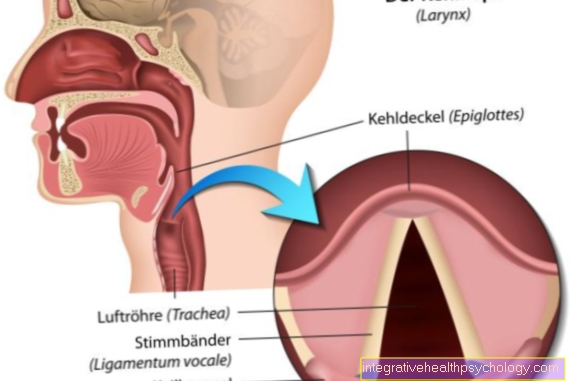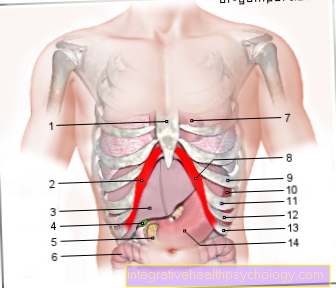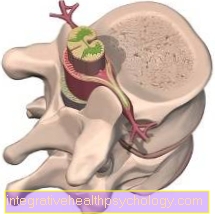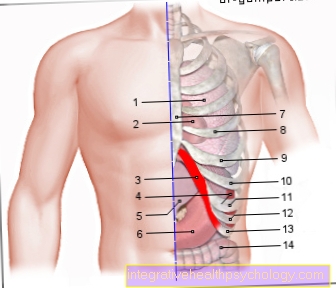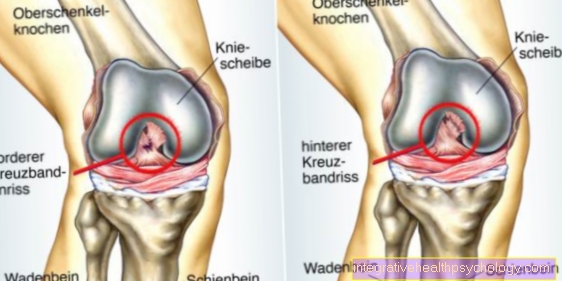The Ayurvedic Diet
introduction
Ayurveda, India's health and healing system, is 3500 years old.
Food is judged according to its energetic quality and its taste is assigned to the five elements air, fire, earth, water and ether (the universe).
People are divided into three constitutional types according to their characteristics, body structure, etc. Kapha, Pitta and Vata.
According to the "doctrine of life", overweight people have a high proportion of Kapha. They are supposed to weaken the Kapha component in the body and strengthen the elements of air and fire. A lot of spicy, bitter and salty foods should be eaten.

There are different diet and behavior recommendations for the different constitution types in case of overweight.
Cravings are avoided by avoiding foods with a high glycemic index.
The focus is on fruits and vegetables, mostly in cooked or steamed form.
From noon onwards, raw vegetables should no longer be eaten because they supposedly ferment in the digestive tract overnight. There is no basis for this claim.
This form of nutrition is very complex. It contains a high proportion of fruit and vegetables, is plant-based, contains grain products and is suitable for permanent nutrition.
Instead of sweets, it is better to recommend relaxation exercises. You should only eat when you are hungry and keep certain time intervals between meals.
The body is accompanied by loving care: sauna, baths, massages, oiling, hours of rest and meditation.
Exercise recommendations are largely neglected. Purification is one of the main themes of the Ayurvedic diet.
This form of nutrition is very individual, but it is more of a worldview and Far Eastern form of therapy than a suitable program for weight loss.
Read more on the topic: How do I get thin?
Course of the Ayurveda diet
According to Indian teaching there are three constitutions. Kapha types are said to have a rather sluggish metabolism, they often suffer from light to heavy body weight and have a fuller physique. Vata types, on the other hand, are graceful, Pitta types are very sporty. Depending on the type, the nutrition plans for each constitution are very individual, but some basic principles can be stated.
A kapha-reducing diet is necessary for weight loss: animal proteins from eggs, cheese and meat are largely avoided, as are baked goods, sweets and fatty and fried foods. Warm, home-made dishes are recommended, to which plenty of spices can be added: chilli, pepper, ginger, horseradish and garden herbs. However, salt should be reduced. Three meals a day are recommended, snacks should be avoided. It is also important to drink plenty of fluids. Soft drinks, juices or alcohol are not allowed; it is best to use water or unsweetened teas.
In addition to diet, according to Ayurvedic teaching, lack of exercise plays an important role in obesity, as does increased stress. In addition to external applications such as massages and sweating treatments, walks or yoga should support weight loss and relieve the mind and soul.
Read more about the topic here: Lightning diet
How much can I / should I lose weight with this form of diet?
Ayurveda nutrition is very vegetable based and relies on legumes, for example, instead of animal fats. Carbohydrates are also largely excluded from the diet, which can lead to a rapid loss of body weight for many overweight people. Since calories do not play a role in Ayurveda, success depends on the personal implementation of the specifications. With Ayurveda it is also possible to supply more energy than the body needs, which results in an increase. Generally speaking, changing your lifestyle can lead to a slight weight loss simply by skipping fatty or sweet snacks or beverages containing calories. Half a kilo to one kilo per week are realistic, depending on the initial weight and movement profile.
What are the costs of an Ayurvedic diet?
Carrying out the Ayurveda diet at home is very difficult for beginners and hardly meets the holistic requirements of the approach. In addition to the body, soul and spirit are also integrated into the therapy in order to bring about health and complete well-being.Special clinics offer Ayurveda cures in which external treatments such as massages, psychological and spiritual support and nutritional supplements as well as Ayurvedic food are part of the individual therapy plan.
Ayurveda cures in Germany and abroad are very expensive, depending on the offer, over a thousand euros are due in a week. Even the preparation of food according to Ayurveda teachings will cost those who want to lose weight a lot of money, as there is a multitude of exotic spices and foods. Those who only want to achieve weight loss can save money with sensible alternatives and invest in an equally balanced diet.
Side effect of the Ayurvedic diet
Not only does the body benefit from an Ayurveda cure - in the holistic approach, the balance of mind and soul is also an important aspect of the Ayurveda method. So the method is not a simple diet. Exercise and coping with stress are also part of a healthy lifestyle according to Indian teaching. This is certainly to be rated positively.
Implementation in everyday life is difficult, however, while spa stays are very expensive. Overall, the diet must be balanced to prevent nutrient deficiencies. In particular, the low proportion of proteins can lead to a considerable loss of muscle mass even in non-athletes, and attention must also be paid to the intake of essential fats. Signs of nutritional deficiencies should be recognized early and, if necessary, compensated for with dietary supplements. These include difficulty concentrating, reduced performance, paleness, brittle nails and hair and hormonal complaints such as irregular periods.
Criticism of the Ayurvedic diet
Carrying out the Ayurveda diet while also keeping an eye on the holistic approach for body, soul and spirit is hardly possible for beginners from home. The recipes are unusual and some contain exotic ingredients, and preparation requires a lot of skill and experience. The Ayurveda diet can therefore hardly be integrated into everyday life and should best be carried out in health cures or special clinics. Many of the methods and foods used, such as exuding slag or ghee, were also unsuccessful in scientific studies.
How can I avoid the yo-yo effect with this diet?
As with any diet, the success depends on the nutritional behavior after the end. Anyone who was able to successfully reduce their weight also reduced their basal metabolic rate. As a result, the body needs fewer calories than before. However, those who eat excess calories, i.e. eat more than they consume per day, will quickly gain the lost weight again. A balanced diet and exercise or physical activity are the key to long-term success.
Read on on this topic: Jojo effect
Medical evaluation of the diet by
The Ayurvedic diet is in principle very balanced and if done correctly does not lead to any threatening nutritional deficiencies. A diet according to Ayurveda teachings is also suitable as a permanent way of life, provided that the amount of energy and vital nutrients such as proteins, fats, fiber, vitamins and trace elements supplied does not fall below the recommended daily amount. Due to the holistic approach, not only physical fitness, but also soul and spirit can benefit from the method. However, a permanent Ayurvedic way of life is difficult to integrate into everyday life.
What alternative diets are there to the Ayurveda diet?
If you want to lose weight, you will find numerous guides and instructions on the Internet. Great caution is advised with so-called mono or crash diets. This includes extreme nutritional methods such as the rice diet, Kornspitz diet, military diet or similar. This mainly reduces the amount of carbohydrates consumed, which results in a sharp weight loss due to the flushing out of water. In addition, they are extremely low in calories and hardly cover the daily need for proteins, fats, vitamins and other essential nutrients. Crash diets can bring about rapid weight loss in a short period of time, but are very dangerous for health.
If you want to lose and maintain weight in the long term, you have to be in a calorie deficit and still get all the essential components of your diet. Low carb or low fat diets are effective when performed correctly.
Mixed diets such as counting calories or counting points with Weight Watchers can be integrated even better into everyday life. Here, every food is allowed in moderation, which prevents cravings. In addition to diet, exercise and exercise are important keys to weight loss and building strong lean muscles.
You might also be interested in: Lose weight with exercise - these sports are particularly effective!

